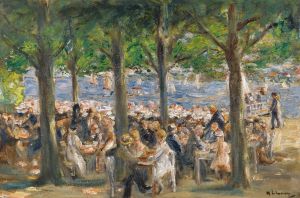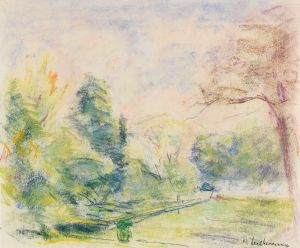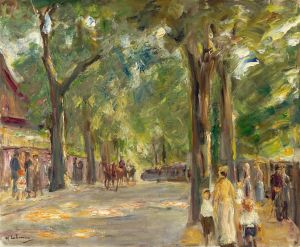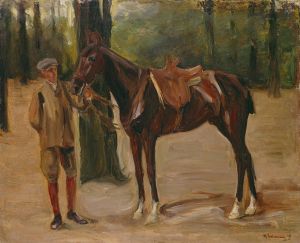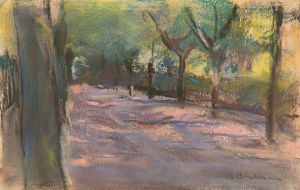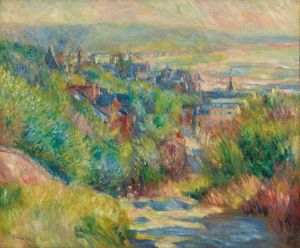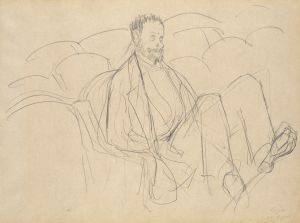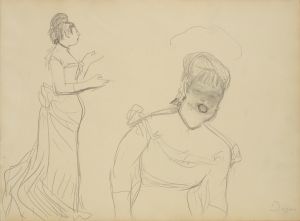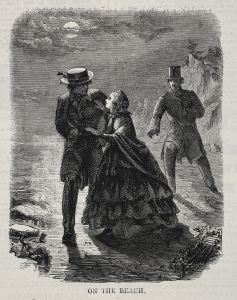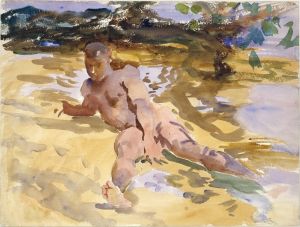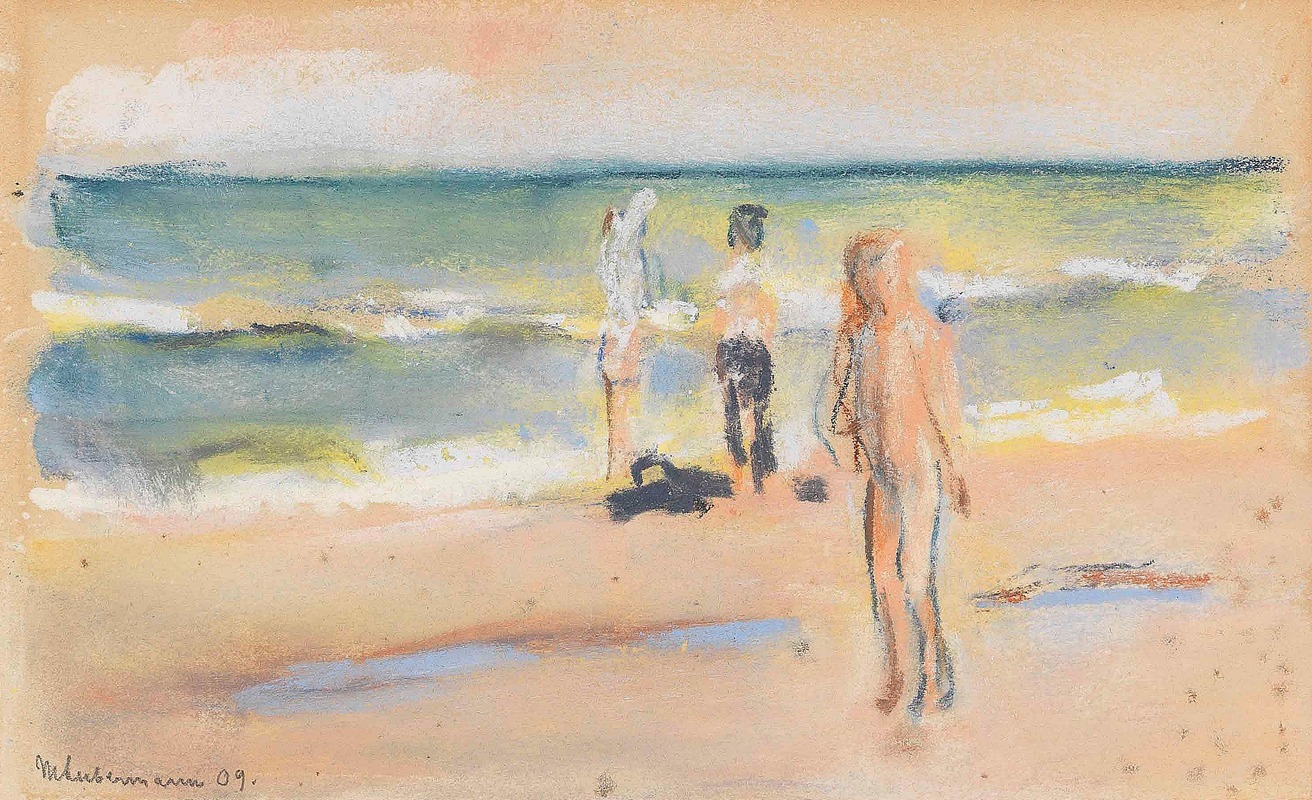
Badende am Strand
A hand-painted replica of Max Liebermann’s masterpiece Badende am Strand, meticulously crafted by professional artists to capture the true essence of the original. Each piece is created with museum-quality canvas and rare mineral pigments, carefully painted by experienced artists with delicate brushstrokes and rich, layered colors to perfectly recreate the texture of the original artwork. Unlike machine-printed reproductions, this hand-painted version brings the painting to life, infused with the artist’s emotions and skill in every stroke. Whether for personal collection or home decoration, it instantly elevates the artistic atmosphere of any space.
"Badende am Strand" (Bathing at the Beach) is a painting by the German artist Max Liebermann, one of the leading figures of the Impressionist movement in Germany. Created in 1900, this work exemplifies Liebermann's focus on capturing scenes of everyday life with a naturalistic and light-filled approach. The painting depicts a group of people enjoying leisure time on a sandy beach, with some figures wading into the water while others remain on the shore. The composition reflects Liebermann's interest in portraying modern life and his ability to convey the interplay of light, movement, and atmosphere.
Max Liebermann (1847–1935) was a prominent painter and printmaker, known for his role in introducing Impressionism to German art. He was heavily influenced by the French Impressionists, particularly Édouard Manet and Claude Monet, as well as the Dutch Old Masters. Liebermann's work often focused on scenes of rural labor, urban life, and leisure activities, emphasizing the beauty of ordinary moments.
"Badende am Strand" is characteristic of Liebermann's mature style, which is marked by loose brushwork, a bright color palette, and an emphasis on the effects of light. The painting captures the relaxed and informal atmosphere of a beach outing, a subject that became increasingly popular in European art during the late 19th and early 20th centuries as seaside vacations grew in popularity among the middle and upper classes. Liebermann's depiction of the beachgoers is both lively and unpretentious, reflecting his interest in the human figure and his ability to render naturalistic scenes with spontaneity.
The painting is also notable for its treatment of light and shadow, which Liebermann used to create a sense of depth and movement. The shimmering reflections on the water and the warm tones of the sand evoke the feeling of a sunny day by the sea. This focus on light and atmosphere aligns with the broader goals of the Impressionist movement, which sought to capture the fleeting effects of light and color in the natural world.
"Badende am Strand" is housed in the collection of the Kunsthalle Bremen in Germany. The museum holds a significant number of works by Liebermann, reflecting his importance in the history of German art. The painting remains a celebrated example of Liebermann's ability to merge Impressionist techniques with his own unique vision, offering a glimpse into the leisurely pursuits of his time.
Liebermann's contributions to art extended beyond his paintings; he was also a key figure in the Berlin Secession, an art movement that sought to promote modern art in Germany. His work, including "Badende am Strand," continues to be studied and appreciated for its artistic and historical significance.






